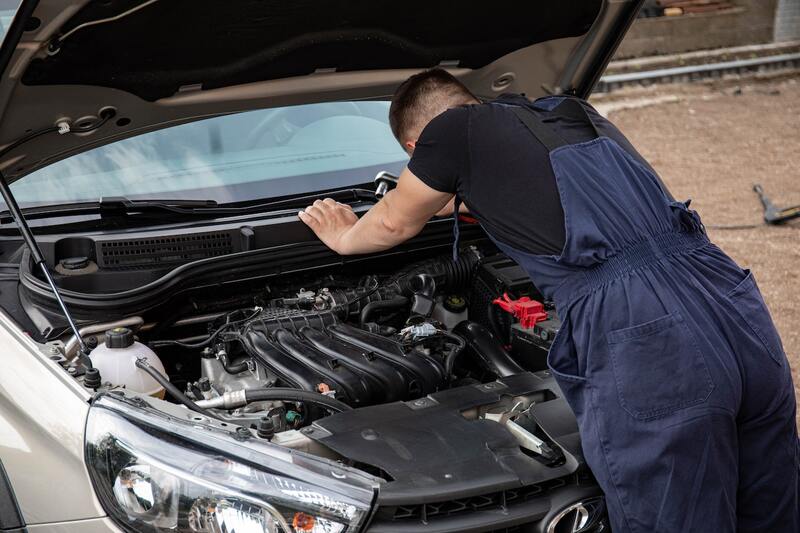Your Simple Guide On How to Bleed a Power Steering Pump
Date Posted: 11 November 2022

Have you ever heard someone talking about bleeding a power steering pump and wondered what they meant? Put simply, your steering and suspension supplier is a hydraulic system that may at times have too much air. Therefore, you need to ‘bleed’ the air from it to keep this system in top shape.
You might even have noticed signs that your power steering pump needs bleeding. If your steering has become noisy or you’re finding it more difficult to steer, your power steering pump may need to be bled. But how do you do it?
How to Bleed Your Power Steering Pump
Bleeding your power steering is a relatively easy process and shouldn’t take you very long if you follow the steps below and be patient.
- Park securely: Before you start, make sure your vehicle is safely parked on a level surface. Wait a few moments to let the engine cool a bit.
- Find your steering fluid reservoir: Next, open and lift the bonnet. Locate your steering fluid reservoir. It is normally found near the coolant tank on the passenger side of the engine compartment or on the top of the power steering pump. However, the placement may vary from car to car. To be certain, see the owner's manual for your vehicle.
- Inspect the fluid level: Once you've located the reservoir, check the fluid level to see whether you have to add extra fluid to top it up before bleeding the steering.
- Top up the fluid: To avoid difficulties, top off the fluid with the type of fluid expressly advised by your car's manufacturer.
- Lift and start the vehicle: After filling up the fluid, use a jack to lift the vehicle's tyres off the floor. Make sure to do this safely. You can then start the car again.
- Turn the steering wheel back and forth: After starting the engine, carefully turn the steering wheel back and forth or left and right. To avoid damaging the seal, repeat this process 8 to 10 times without stopping. This will drive air into the steering fluid tank and out of the system. Some folks wonder if it's safe to bleed power steering with or without a cap on. It is critical to keep the reservoir cover on to prevent bubbling fluid from flowing out when bleeding your power steering pump.
- Watch the fluid level: Because you may not be able to adjust the steering wheel while checking the fluid level, it’s best to have someone else watch the fluid level so that it does not entirely empty.
- Add fluid (if needed): If the fluid is draining, you may need to add some extra fluid to keep the reservoir from emptying. Keep rotating the steering wheel and check the fluid level again until no more bubbles are visible.
- Turn off the engine: Once you're certain that all of the air bubbles have been removed, turn off the car's engine. That's all; you've just finished the procedure. If the air does not entirely leave the system, you may need to visit a professional to determine why your power steering pump will not completely bleed.
What If I Don't Bleed My Power Steering?
While this process may feel like a lot to do, it’s incredibly important. Failure to bleed your steering can have major consequences that will negatively harm you or your vehicle. Most noticeably, your steering may become more difficult to use, making it harder to drive safely. It can also wear out your power steering pump faster.
How Long Does It Take to Bleed a Power Steering Pump?
It can take anywhere from 20 to 50 minutes to bleed your pump. The period, however, is determined by how much air needs to be removed, and if you have a partner to help check and top up the steering fluid as needed.
What If Bleeding Doesn’t Help?
Sometimes you may need to replace your power steering pump if bleeding does not fix the issue, or the pump has become too damaged. However, this doesn’t need to be a hassle when you have a steering and suspension supplier you trust. At Machter, we have a range of quality aftermarket power steering pumps, including 5L power steering pump replacements for Honda Accords, Toyota Land Cruisers, Ford Falcons, Nissan Navara and many more popular cars makes and models. Look at our selection today!





